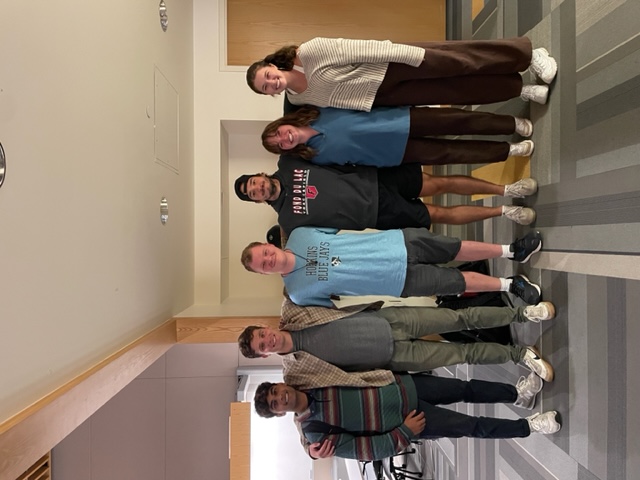Tissue Model of The Epithelial Mesenchymal Trophic Unit
A 3D scaffold that can mimic properties and functions of in-vivo ECM and will be compatible with the lung epithelial cells used for experimentation.
Project Overview
A multitude of chronic lung diseases such as pulmonary fibrosis, asthma, and chronic obstructive pulmonary disease (COPD) can cause damage to epithelial tissues of the lungs. This presents a problem because when this tissue is damaged, a fibrotic response is triggered in sub-epithelial fibroblasts that results in further disease and fibrosis. There are currently no tissue models that accurately recreate the lung extracellular matrix and its changes due to cell injury. Such a model would need to have tunable mechanical stiffness and porosity, as well as be cell adhesive and degradable. Dr. Brasier of the UW School of Medicine and Public Health requires a scaffold that meets these criteria to be fabricated with a bioprinter. The scaffold must have a uniform and replicable composition that allows for epithelial cell culture in an air-liquid interface (ALI) so that his lab can study the effects of fibrosis on small-airway lung epithelial cells.
Team Picture

Files
- Final Notebook (December 13, 2023)
- Final Report (December 13, 2023)
- Final Poster Presentation (December 6, 2023)
- Show and Tell (November 22, 2023)
- Preliminary Presentation (October 11, 2023)
- Preliminary Report (October 11, 2023)
- PDS (September 23, 2023)
Contact Information
Team Members
- Elijah Diederich - Co-Team Leader
- Ms. Carley Schwartz - Co-Team Leader
- Caitriona Treacy - Communicator
- William Onuscheck - BSAC
- Anuraag Shreekanth Belavadi - BWIG
- Nick Herbst - BPAG
- Anibas Jake
Advisor and Client
- Prof. Tracy Jane Puccinelli - Advisor
- Dr. Allan Brasier - Client
Related Projects
- Spring 2024: Tissue Model of The Epithelial Mesenchymal Trophic Unit
- Fall 2023: Tissue Model of The Epithelial Mesenchymal Trophic Unit
- Spring 2023: Tissue Model of The Epithelial Mesenchymal Trophic Unit
- Fall 2022: Tissue Model of The Epithelial Mesenchymal Trophic Unit
